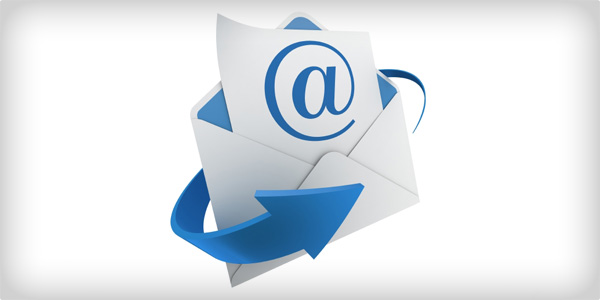Why Your Business Needs a Data Strategy
Data is increasingly becoming the key to a smart digital marketing strategy that can help your small business get ahead of the competition. But what is a smart data strategy, and how do you implement one in your organization?
For starters, you need to understand what you’re looking for and how to validate the questions you have about your business. Do you need more customer data to help you get a clearer picture of who you’re selling to? Or is it that you want a better understanding of customer pain points so you can be crystal clear on your value proposition? Or do your problems lie with conversion, getting the people who are interested, going deeper into your sales funnel, and making a purchase?
For any of these questions, there are specific ways that you can test your assumptions. But like with any strategy or tactic, you need to have some clear objectives, to start finding answers.
In this article, we’ll look at why your small business needs a data strategy and how to get started building one, so you’ll be able to answer fundamental questions about how your business works and where there is possible room for improvement.
Use a Defined Data Strategy to Focus on Business Problems
To know what data might be useful, you need to understand what business problems you’re trying to solve. Without a clear reason for collecting information, you’re going to have a hard time figuring out what is useful and what is just noise. While it’s true that more data leads to more insights, for the sake of efficiency, you’ll want to prioritize finding answers to the most pressing questions that are creating challenges for your business.
To figure this out, take a look at what the data you already have is telling you.
Is there room for improvement in your conversion rate? Are people signing up for your mailing list, and if so, what does your open rate look like? Are they sticking around after they find your website?
Note that this doesn’t have to be numbers-oriented. It can be anecdotal—what customers say when you ask them about your business, for example.
The reason why there are so many questions is that there isn’t any one-size-fits-all answer that works for every small business. Instead, it comes down to doing your due diligence and truly understanding the audience you’re trying to sell to. For many, that means double-checking to make sure that you have a solid notion of your ideal customer and how to reach them.
Understand What Data You Need to Collect from Your Data Strategy
Knowing what question you need to answer will help you focus on what data you need to answer that question. If you’re looking to improve your email open rate, it’s going to involve a lot of A/B testing with titles and copy to determine what is appealing to customers. If, on the other hand, you’re trying to figure out whether or not a new product you’re producing is something that your target market will go for, creating it in the form of a minimum viable product (MVP), and iterating based on feedback may be best.
Determine How the Data Will Answer Your Question
Revisit those questions. Again, are you looking for an improvement in your open rates? Are you trying to get more people to sign up for your mailing list? Those are two different problems, and you’ll need to focus on very different metrics to determine how successful you are in solving those problems.
To take a broader view, you need to know how the data you collect will answer the key question you have about your business. Define a clear goal for yourself. Different questions are going to require different pieces of information, so get clear on what you’re looking for, and the rest will follow.
Decide How to Act on the Data You Collect
Finally, you need to know how you’re going to react based on what the data tells you. In other words, if you find out that you’re not serving a market the way you thought you were, you need to either be ready to pivot to a different solution or look at different market segments.
Neither of these choices is inherently bad or good; you need only understand that the possibility is there and plan accordingly. This sometimes involves coming up against a hard truth that others in your organization might not be ready to accept: When you come up against the reaction, “That can’t be right,” it’s often a clue to pay especially close attention to what the data drawn from your data strategy is actually telling you, and not what you wish it were saying.
What You Can Do Right Now
Developing a data strategy for your small business can seem intimidating, but it comes down to a simple goal: understanding what key questions you need to answer about your business. Take a look at what’s working and what’s not, develop a hypothesis about what’s wrong, and then collect data accordingly in order to understand your question. Once you have a clear lay of the land, you’ll be ready to make decisions to fix it.
- Understand what business problems you’re trying to address.
- Look at what data you need to understand your business problems.
- Be clear on how data will answer your questions.
- Decide how to act on the information you gather.

